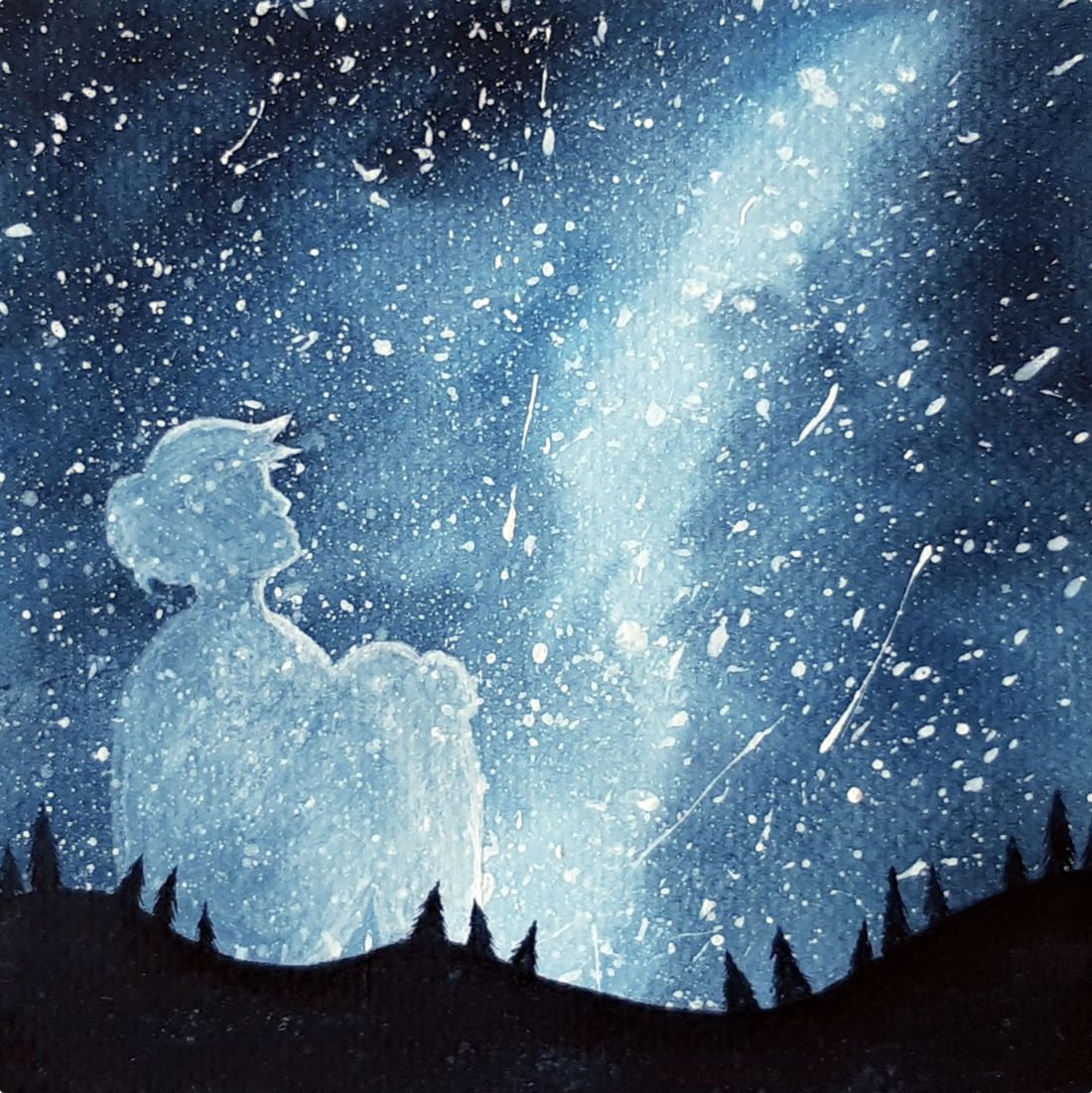Introducing the Rustling Leaves
Subtitle: Welcome!
I imagine a child running through fields and woods in amazement, wondering:
“What’s behind the next hill?”
“Could there be a fox hiding nearby?”
“What was that strange sound coming from the thicket?”
Or perhaps pondering the mysteries of all life while sitting quietly, observing the Moon and the vast dark spaces among sparkling stars in the night sky.

To me, it seems that many of us have forgotten about the miracle of each moment. How come we can spend so much precious time running on autopilot and maybe even think that the way we typically experience our lives is all there is to it?
Welcome to my first post that carries the name of the whole blog. The website’s name, as well as its content, are inspired by the Buddhist Path. Practices of ethics, meditation, and wisdom, three core dimensions of the Path, radically shift and deepen ways we experience our lives from moment to moment and relate to each other. They guide practitioners towards the discoveries of profound peace, understanding, compassion, and freedom. Practice can show us that these qualities can be realized in one’s own heart and mind and manifested in the world for the benefit of all. It helps us to understand principles uderlying human experience and live in harmony with them, like drifting clouds and flowing water.
Starting with the Shakyamuni Buddha, our ancestors as well as all good contemporary teachers have demonstrated time and again that every practitioner needs to realize Dhamma, teachings, directly in their own experience, throughout the whole body and mind. Although mutual support and friendship are some of the most important and beautiful aspects of the Path, at the same time, each and every one of us is responsible for our own actions and needs to make a wholehearted effort. Real understanding is not a matter of mere opinions, intellect, or faith. Even though teachings are important guidance and faith can be wonderful support as well, Buddhism ultimately asks us to go further, to step beyond the boundaries of all beliefs and concepts including the ideas of Buddhism and non-conceptuality. Practice challenges us and brings into light all that we’re very often unaware of. It helps us to see with clarity the myriad ways we typically cling to somewhat rigid and limiting views we tend to construct about ourselves, others, and the whole world. Eihei Dōgen, a 13th-century monk who is considered the founder of the Sōtō Zen school of Buddhism in Japan, offers the following advice: Do not limit yourself to narrow human consideration.
I think that such practice would be hardly possible without an open mind that can find some courage to step out of its comfort zone and is willing to question itself and every aspect of existence. It is only then that it can start seeing all things in fresh and often unexpected ways. This website is part of my ongoing journey on this Path of wonder. With meditation practice as the foundation, contemplation of texts, journaling, and illustration encourages open-mindedness and sparks curiosity in me. After receiving some lovely feedback from my friends on a couple of pictures and notes, I thought it could be nice to have them on a blog. You will find my own contemplations and illustrations here, as well as works based on studying texts and our ancestors. Sharing brings me joy and inspiration, and I see it as one of the ways practitioners can mutually support each other on this great awakening adventure, walking in the footsteps of all Buddhas.
With gratitude,
Fūmyō